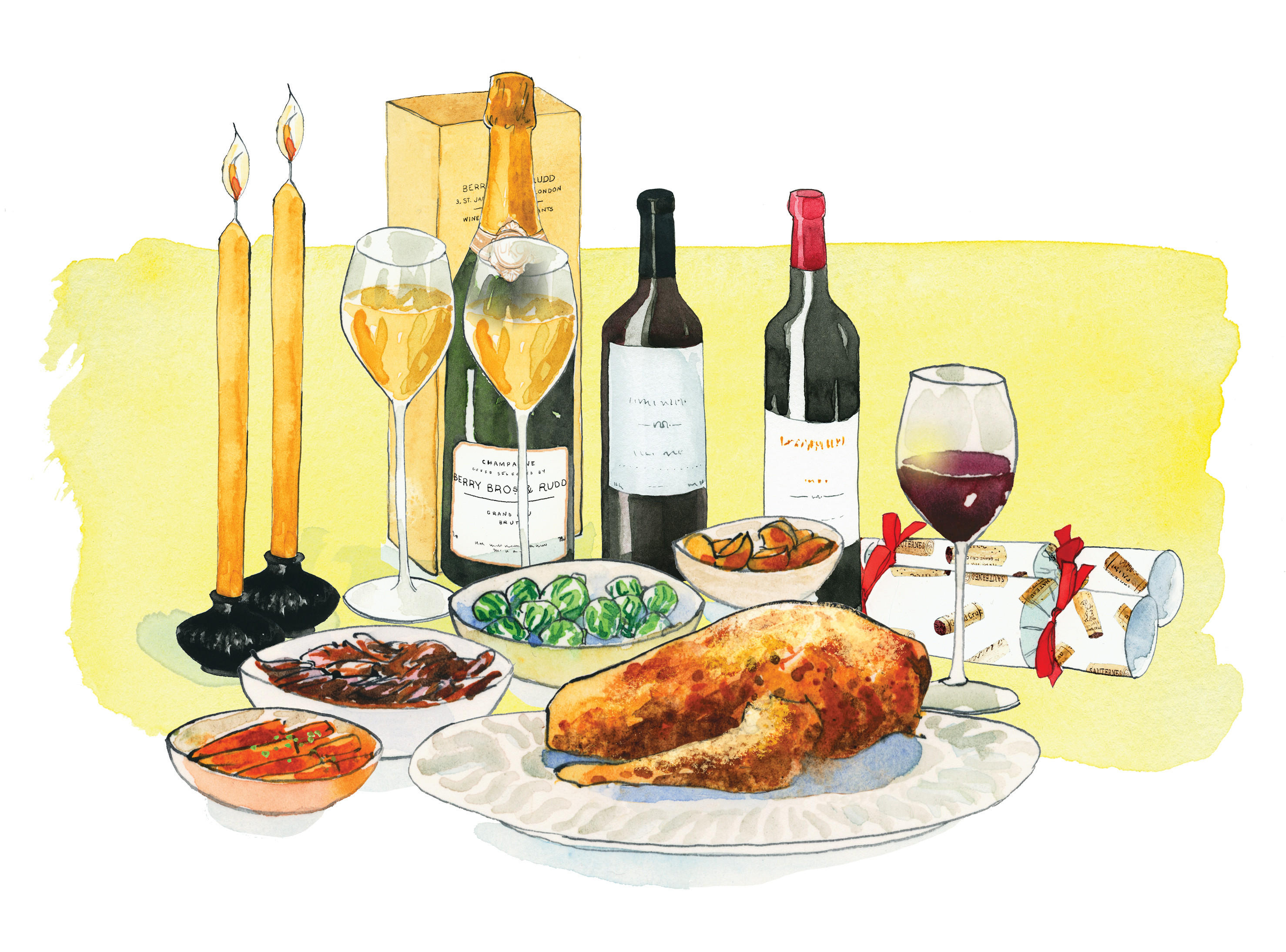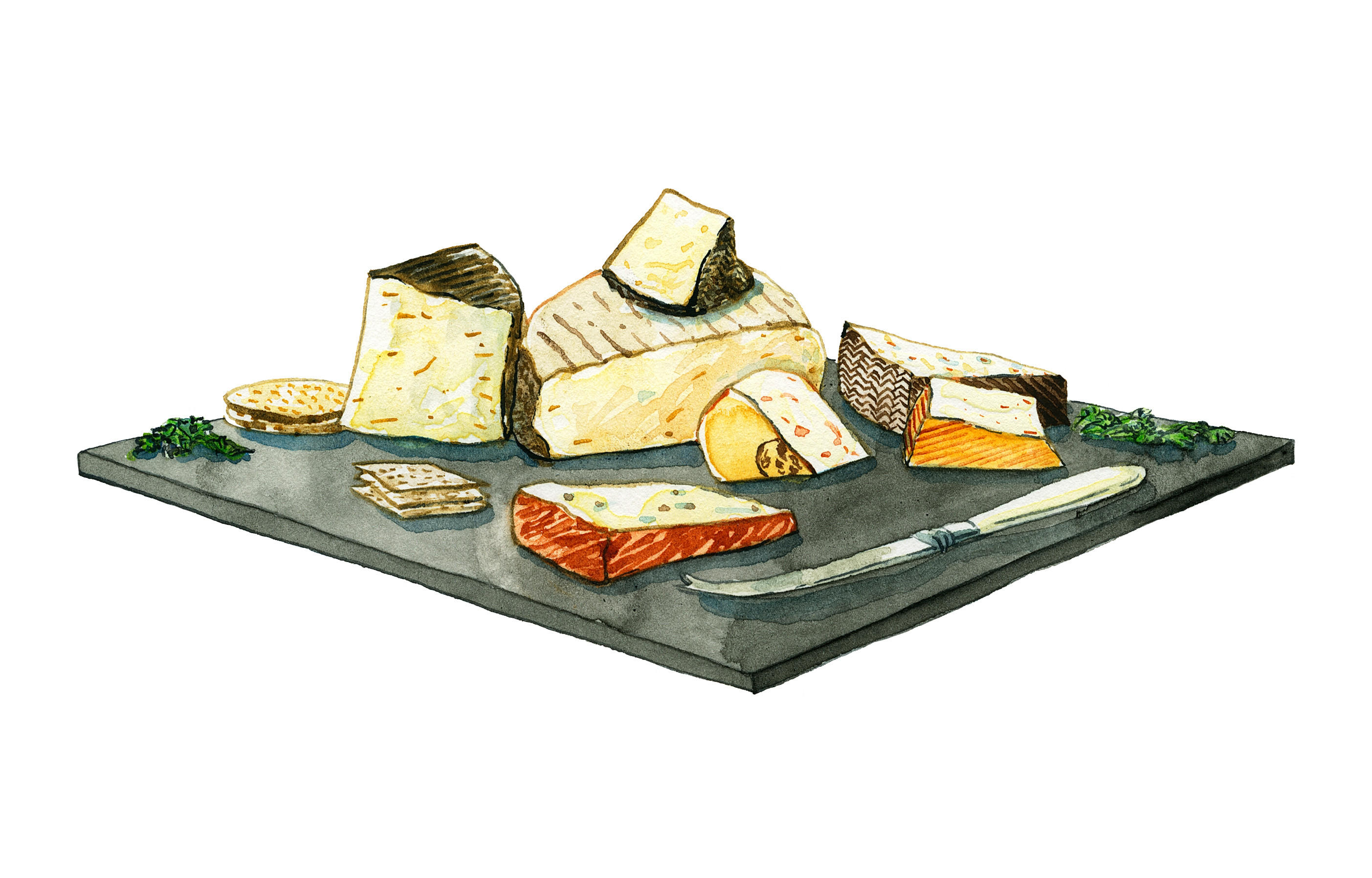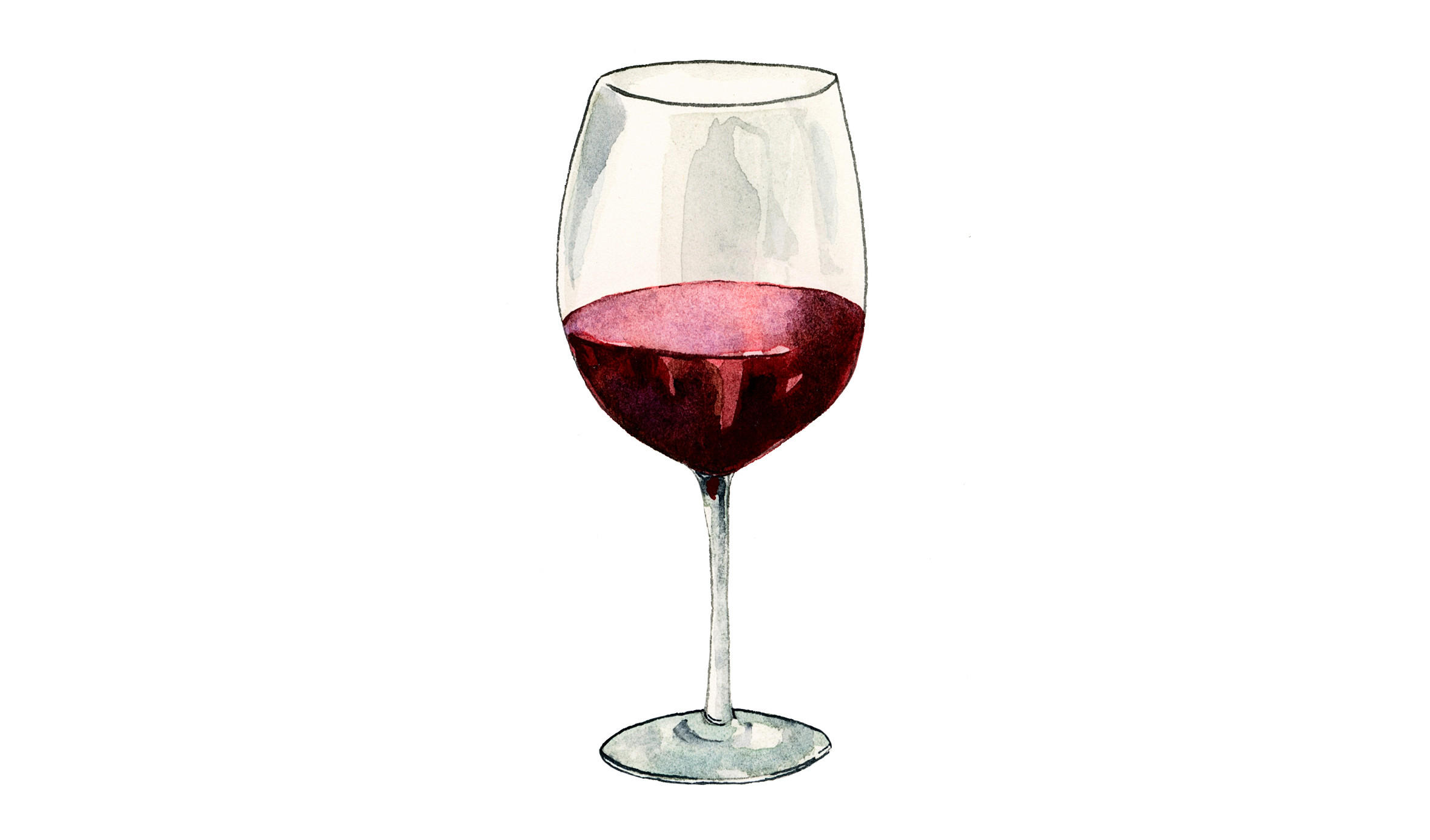The Betwixtmas dinners: Christmas leftovers and what to drink with them
Author: Elisa De Luca

Christmas feasting doesn’t have to end once the day itself is over. Here, Elisa De Luca describes the joys of using up Christmas leftovers and explains what she’ll be drinking with them.
Leftovers are one of the best parts of Christmas, so much so that my family purposefully scales up our festive shopping list each year – often to such an extent that you’d think there were fifteen of us, rather than five.
Turkeys so heavy you totter under the weight of them; mountains upon mountains of potatoes; a good two hours dedicated, every Christmas Eve, to wrapping hundreds of pigs in blankets.
Half of this doesn’t get eaten on the day. By the time we’ve worked through breakfast platters of eggs and bacon, then an assortment of “picky bits” accumulated from the shelves of M&S, we’re not all that hungry when it comes to Christmas dinner itself.
And yet, we continue to cook – because, as we settle ourselves into the Betwixtmas slump, often to be spent entirely on the sofa, we know that we’ve set up a series of fantastic leftovers feasts to look forward to.
A tradition: the Christmas pie
It’s something of a ritual. The morning after Boxing Day, we clear the detritus of wrapping paper, stack up empty Quality Street tubs for recycling, and get to work on pastry for a Christmas leftovers pie.
Turkey, of course, is the star of said pie – accompanied by whatever might be left of the pigs in blankets. In the all-too-common case that we’ve managed to work our way through these already, no matter. Gammon will make up the shortfall, and bacon too.
The filling: the meats, parsnips, stuffing – but not a sprout, never a sprout – all in a simple, creamy roux. Then, a whole bulb of garlic, roasted for an hour; fresh tarragon, finely chopped; an unholy amount of Dijon and wholegrain mustard. One quick egg wash for the lid and 40 minutes later, we’re back to the sofa, cradling plates of hot, fresh pie.
It’s not light. Not at all. A heavier wine alongside this will kick you firmly back into post-Christmas lethargy. Instead, we tend to have a specific bottle set to one side for this annual treat: a bone-dry, mouth-tinglingly acidic Riesling.
The Riesling Trocken from Eva Fricke is a new favourite of mine this year, and – with its incredibly fresh flavours of green fruit – is a strong contender for a pie pairing. Alternatively, the Riesling Réserve from Trimbach is always a hit, with enough zip to cut through the cream and salt, while packing the power to hold up against a combination of garlic, mustard and tarragon.
A croque-ing Christmas
It’s an excellent problem to have: what to do when you’re left with an excess of cheese and cold cuts, and haven’t quite mustered the energy to start cooking again?
I’ve only recently discovered the joys of a homemade Croque Monsieur. A few extra steps to a classic ham-and-cheese, and all of a sudden you have a sandwich of the gods. Well-buttered bread, layers of whatever cheese you have left – ideally something that will melt well, for full gooey pleasure – topped with slices of cold cuts and another slice of bread. Pan fry both sides in a healthy (or not) amount of butter, re-load with more cheese, béchamel sauce and grated nutmeg, and bake until melted to perfection. I challenge you to stop at one. Your leftovers will be gone in no time.
For this – and, let’s be honest, for anything that’s seen a well-oiled frying pan – a sparkling wine is what you want. The high acidity in these cuts through fat on your palate – as does the texture of the bubbles, which will stop your tastebuds feeling overwhelmed by the butter and cheese.
This year, I’m opting for Pol Roger’s Réserve Brut – the weight and complexity in this will mean you can load up on all the cheese combinations you want, and still have a wine that’s powerful enough to match. If you’re planning on a Croque-Monsieur feast and are looking to stock up, the Own Selection Crémant de Limoux is a fantastic alternative that won’t break the bank: all tangy orchard fruit, with a wonderfully cleansing finish.
A farewell to Christmas flavours
Believe it or not, it can happen. After months of anticipation, an excess of Christmas food can put you right off the time-honoured flavours of sage, onion and spice. But what to do if you’re still working your way through an excess of turkey and roasted vegetables? In my house, the answer is simple – it’s time for a curry night.
A turkey curry can come in many forms. A biryani is a staple for me – the key to the flavour lying in four or five onions, thinly sliced and slowly caramelised to bring maximum flavour. Parboiled rice; diced turkey mixed with garlic, yoghurt and spices; milk and butter and a touch of saffron – all slow-cooked in one pot until ready. If there are still leftover vegetables lying around, put these to use too – generally in a fragrant tomato-based curry to be served alongside.
Wines for spicy food can be a little more of a challenge; the heat of chilli can highlight certain elements of wine that do far better when they’re nicely integrated and less noticeable. Some wines, though, stand out. I always enjoy a Gewurztraminer like this one from Domaine Rolly-Gassman. Gewurztraminer’s a singularly unusual wine: powerful and aromatic, with a blend of rose, lychee, white pepper and ginger flavours that work with spices in food, rather than against them.
Of course, by this point you might also be looking forward to the days of Dry January – and starting that a little early may be welcome. Experimenting with something new could be just the ticket; our Sparkling Tea offers up all the dried flowers, soft fruit and spice that will intertwine with the spices of curry, with none of the alcohol.
Looking for inspiration for what to eat on the day itself? Find our guide to Christmas food and wine here.





